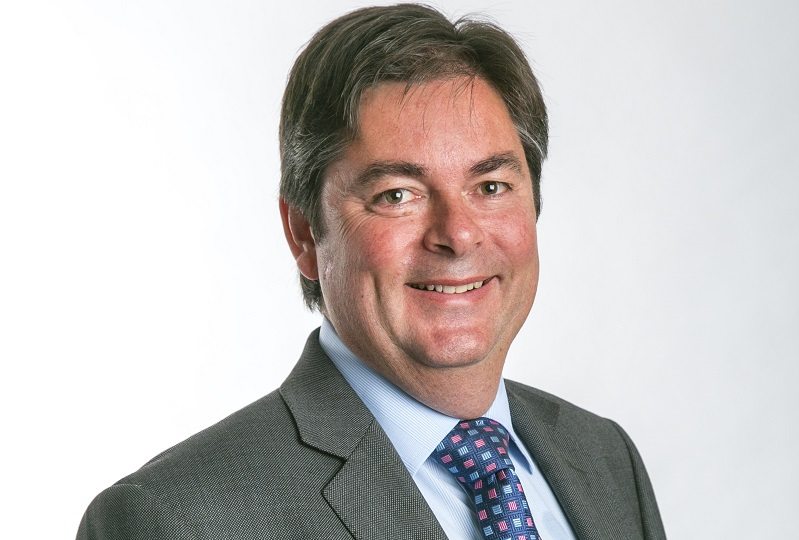The most recent quarterly Market Intelligence Report from Square Mile revealed a surprising renewal of interest in the long-unloved IA Targeted Absolute Return sector. In a climate of recovery and after a long period of weak performance, interest in the sector is surprising. What is at work?
It is difficult to overstate just how unpopular absolute return funds have been. The Targeted Absolute Return sector was the worst selling net retail sector in 2019 and 2020. The Morningstar alternative multi-strategy category (where the absolute return funds sit) saw 27 consecutive months of net redemptions through to the end of August 2020.
This weakness continued even at times of significant weakness in the stock market. For example, in March Morningstar reports that the alternative multi-strategy was hit with over €6bn (£5.2bn) in outflows – the worst monthly tally in over a decade.
Equally, even if advisers did fancy giving the absolute return sector another chance, this doesn’t feel like an opportune moment. Economic recovery is continuing to build momentum, with the IMF revising its global growth targets higher. Stock markets have responded by moving higher, led by economically-cyclical sectors such as banks and natural resources.
Yet Square Mile’s research shows a significant resurgence in interest in targeted absolute return strategies in the first quarter of 2020, with an 13.6% increase in views of this sector over Q4 2020. This puts it in pole position and on an equal footing with the newly-fashionable IA UK All Companies sector, which accounted for 18.3% of all searches on Square Mile’s Academy of Funds, compared to 18.8% for the IA Targeted Absolute Return sector.
Jock Glover, chief operating officer, research and consulting at Square Mile says: “That there was no discernible pattern among views at a fund level could mean that advisers are maintaining an open approach to fund selection, using a broader range of strategies to capture the opportunities across markets as we begin to emerge from the coronavirus pandemic.”
Absolute return takes difficult asset allocation decisions away
It is worth noting that the sector has always had its share of strong funds. The Square Mile report shows that the BNY Mellon Real Return fund was the most researched fund overall, registering a 13. 8% increase in views over the fourth quarter of 2020 with 15.1% of all views. That this has come out as the top pick may give some clues as to what investors are thinking.
The first is that it’s a multi-asset fund. Asset allocation is increasingly complex. Fixed income markets look difficult with low yields and rising inflation expectations; and they have seen significant volatility since the start of the year. It may simply be a desire to outsource this tricky asset allocation decision.
David Hambidge (pictured), investment director, multi-manager funds at Premier Miton, says: “I suspect that the main reason why absolute return funds are again being considered is because of what is happening in the bond markets and, in particular, developed market government bonds.
“We have been arguing for some time that the best days of the traditional 60/40 equity-bond model are behind us and this is because of the lack of yield support on the bond element. This means that not only are returns from such a model likely to be very low or negative (just do the maths) for the foreseeable future but diversification benefits may also be much reduced.”
Low volatility than equity funds appealing
The low volatility may also be appealing after a long period of market expansion. In common with other funds in the Targeted Absolute Return sector, the BNY Mellon Real Return fund has notably lower volatility than conventional equity funds. Over the past year, the fund has registered volatility of just 6.41%. As a benchmark, the Vanguard Active UK fund has registered volatility of 15.5% and many UK equity funds are above 20% over the same period.
Of course, it wouldn’t attract interest at all had performance not been creditable. While the fund in no way keeps pace with the soaring success stories of the past year, such as smaller companies or UK equity, it has delivered 17.9% (against a sector average of just 9.3%). Advisers may see that they are getting a much smoother ride than with conventional equity funds and a ballast in a portfolio after a long period of market expansion.
Recovery may be continuing at pace, but investors live under the shadow that a rogue variant will come and destroy the party. Hambidge says: “Even though large parts of the global economy are in recovery mode – it could be argued that equity markets have discounted this to a large extent.”
It could be argued that those looking at the IA Targeted Absolute Return sector today are ahead of the game and that it is a rational response to stretched equity and bond markets. Hambidge believes the sector will remain on investors’ radar for some time, although selecting the right fund will be very important.











